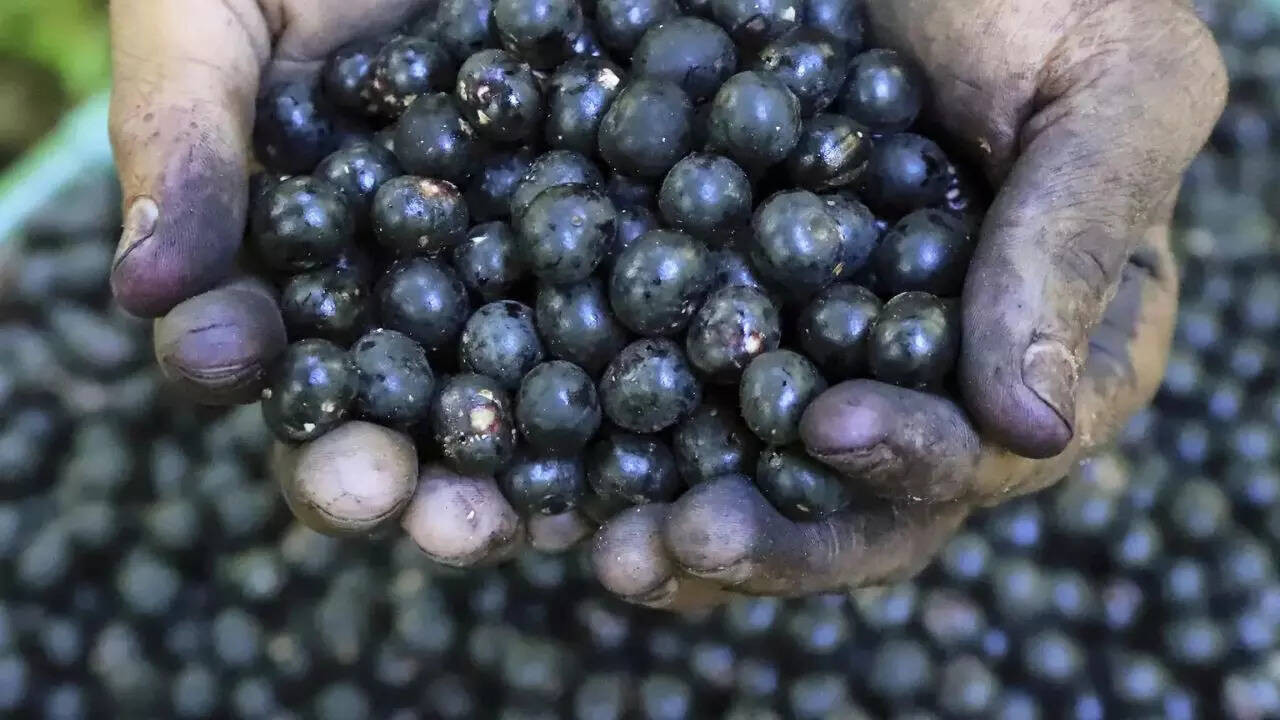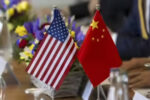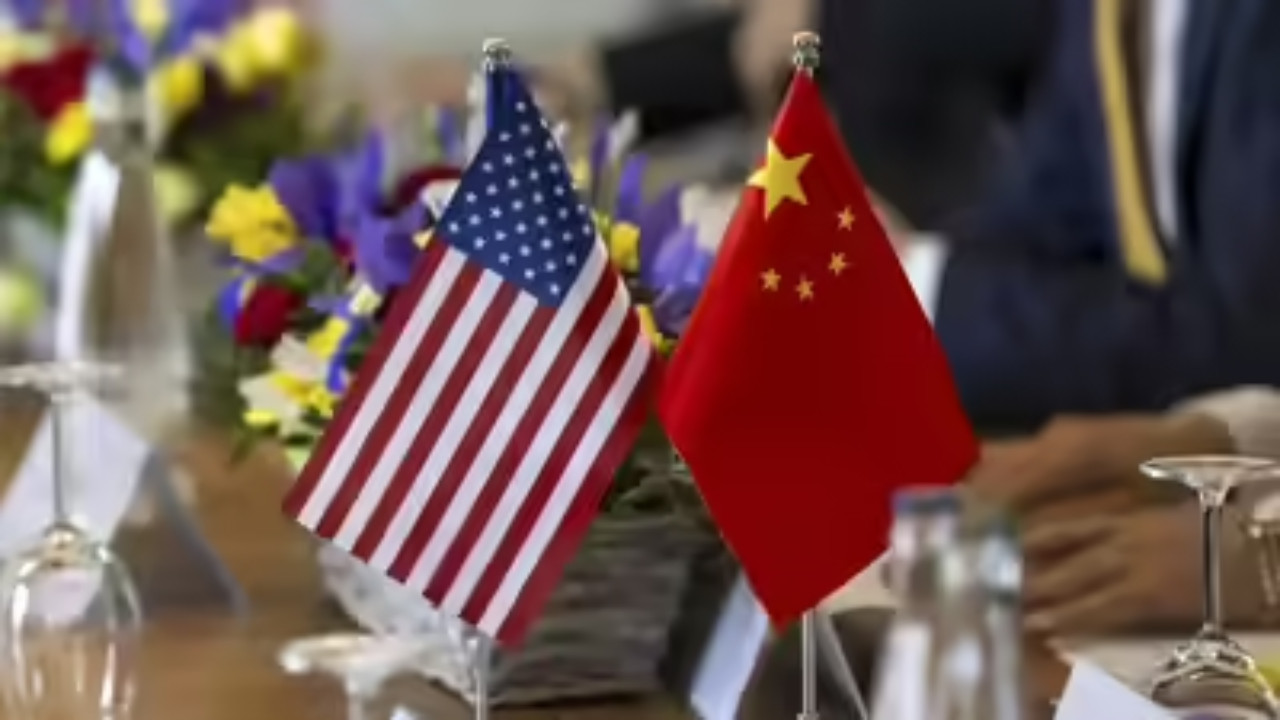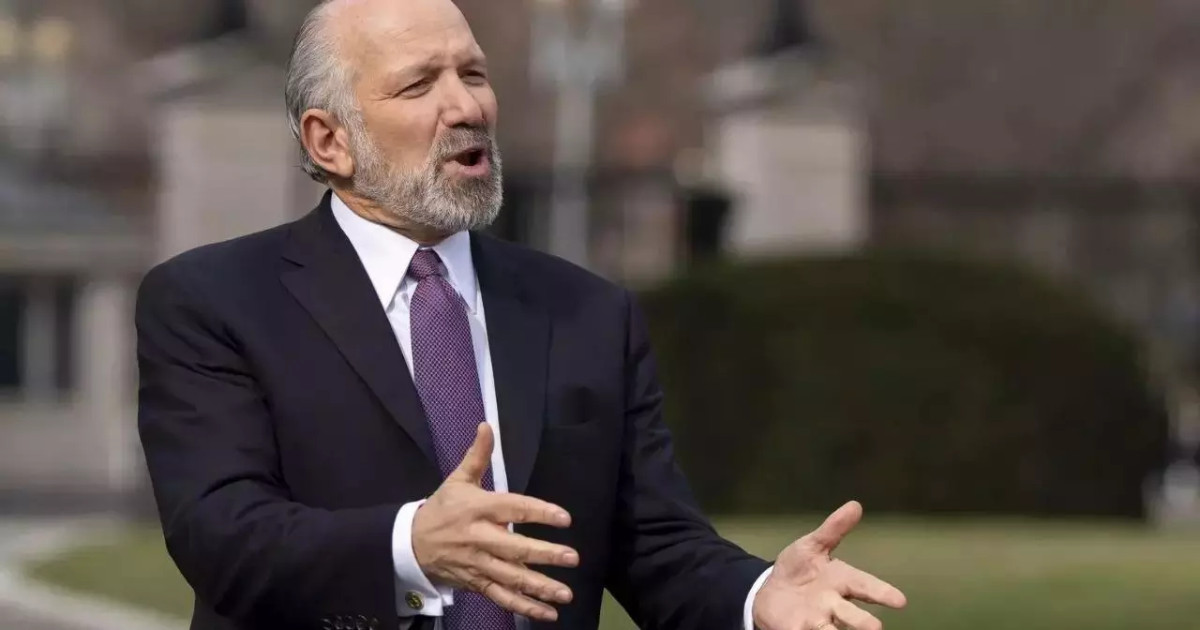Açaí Alert: Will Trump’s Tariff Talk Spoil Your Smoothie?
That vibrant purple swirl in your morning smoothie, the one you justified with promises of antioxidants and a boost of energy? It could be getting a whole lot pricier. The future of affordable açaí, the darling of health food enthusiasts, hangs in the balance thanks to potential tariff changes being floated by former President Trump. Let’s dive into what this could mean for your wallet and the Brazilian communities who cultivate this coveted berry.
For years, açaí has ridden a wave of popularity, transforming from a relatively unknown Amazonian fruit to a global health food phenomenon. You see it everywhere: blended into bowls overflowing with granola and fruit, whipped into creamy smoothies, and even gracing the ingredient lists of skincare products. This boom has been a significant economic driver for Brazil, particularly for small farmers and indigenous communities nestled deep within the Amazon rainforest. But this prosperity could be threatened.
The prospect of increased tariffs on Brazilian goods, including açaí, threatens to disrupt this carefully constructed ecosystem. Trump’s previous administration wasn’t shy about using tariffs as a negotiating tool, and signs point to a potential revival of this strategy should he return to office. The implications for the açaí industry could be far-reaching.
The Ripple Effect: How Tariffs Impact the Açaí Supply Chain
Tariffs act as a tax on imported goods. When these taxes increase, importers – the companies that bring açaí from Brazil into the United States – have to pay more. Guess who ultimately foots the bill? You, the consumer. Expect to see those açaí bowls, smoothies, and even açaí-infused supplements creep up in price.
But the impact extends far beyond just a higher price tag. Increased tariffs can significantly reduce demand. If açaí becomes too expensive, consumers might switch to cheaper alternatives, like other berries or breakfast options. This drop in demand then ripples back through the supply chain, impacting Brazilian farmers who rely on açaí exports for their livelihoods.

For many communities in the Amazon, açaí farming is not just a business; it’s a way of life. It provides income, supports families, and contributes to the preservation of the rainforest by offering a sustainable alternative to deforestation. Disrupting this trade could have devastating consequences, potentially pushing communities towards less sustainable practices.
Furthermore, the health food industry in the United States, which has flourished on the back of açaí’s superfood status, could face a serious setback. Businesses that have built their brands around açaí may struggle to maintain profitability, leading to potential job losses and reduced investment in the sector.
The American Consumer: Caught in the Crossfire
Ultimately, the American consumer is caught in the crossfire of these trade policies. While the potential for tariffs is presented as a way to bolster the American economy, the reality is often more complex. Increased costs for imported goods can erode purchasing power and contribute to inflation, hitting consumers in their wallets.
The açaí situation highlights the interconnectedness of the global economy. Trade policies enacted in one country can have profound consequences for communities and industries across the world. It also begs the question: are the potential benefits of tariffs worth the cost to consumers and the environment? It is also important to remember that Brazil is a strong ally, and such policies could negatively impact that relationship. This is worth considering. You can read more about U.S. trade policies here.
Navigating the Future of Açaí Prices
The future of açaí prices remains uncertain. The potential implementation of tariffs is just one piece of a complex puzzle that includes weather patterns, global demand, and fluctuating exchange rates. However, understanding the potential impact of these tariffs is crucial for both consumers and businesses.
Whether you are a die-hard açaí aficionado or simply enjoy the occasional smoothie, it’s worth paying attention to these developments. The next time you reach for that purple bowl, remember the intricate web of factors that brought it to your table – and the potential challenges that lie ahead.
The possibility of increased tariffs on imported goods, including the popular açaí berry, presents a significant challenge to consumers, the Brazilian economy, and the overall sustainability of the açaí industry. By understanding the potential impact, consumers can make informed choices, and businesses can proactively adapt to the evolving economic landscape. It is critical to monitor these developments and advocate for policies that support both economic growth and environmental stewardship.







